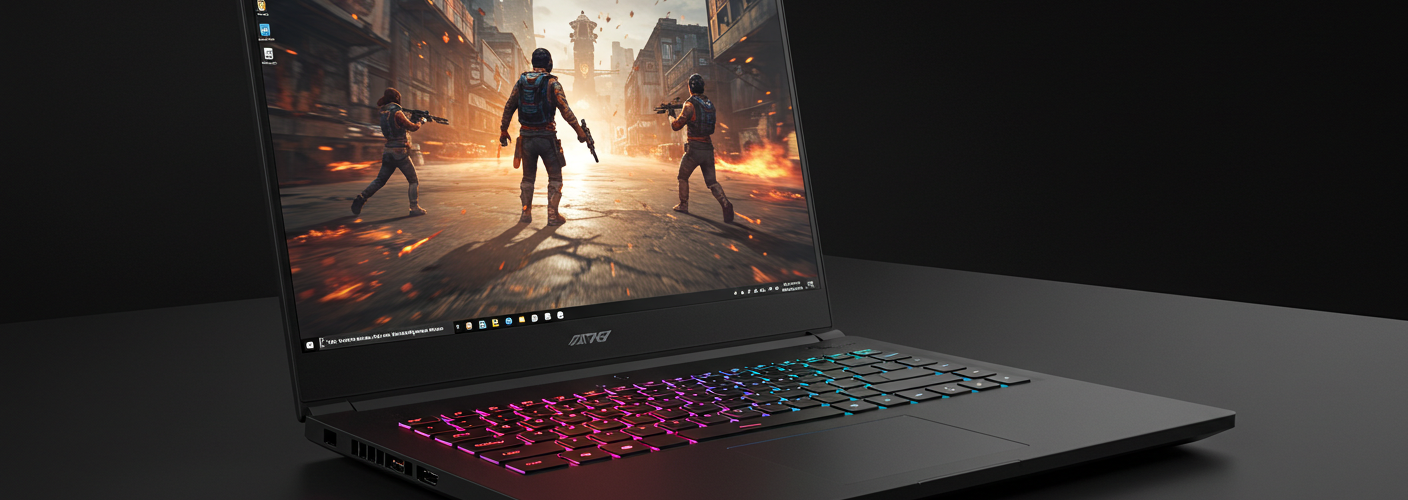Upgrading your operating system from Windows 10 to Windows 11 can be an exciting step, bringing new features and a refreshed interface. However, it’s natural to have concerns, especially regarding the configuration of your drives. If you have Windows installed on one drive (an internal SSD) and your files stored on another drive (an external SSHD connected by USB), let’s clear up any doubts about potential issues during the upgrade.
First and foremost, the design of Windows 11 is intended to make it compatible with various hardware configurations. The operating system recognizes that users often have multiple drives for system files and data storage. As such, whether your files are on an internal SSD, an external SSD, or an SSHD connected via USB, the upgrade process is largely designed to be seamless. Thus, upgrading from Windows 10 to Windows 11 while having your files on another drive should not inherently cause problems.
That said, prior to initiating the upgrade, taking a few precautionary steps can help ensure a smooth transition. Here are some recommendations:
- Backup Critical Data: Before upgrading, it’s always wise to create a backup of your essential files. This applies even if the upgrade process is designed to maintain your data integrity. Use reliable backup solutions, whether it’s a cloud service or an external drive, to ensure your important documents and files are safe.
- Check for Compatibility: Verify that your PC meets the minimum system requirements for Windows 11. You can use Microsoft’s PC Health Check tool to assess compatibility. This tool will help you understand if any other upgrades or modifications are required for your hardware setup.
- Disconnect Non-essential External Drives: While it is unlikely that having your files on an external SSHD will cause issues, it can be beneficial to disconnect non-essential external devices during the upgrade. This ensures that the installation process focuses on the primary system drive where Windows is installed without potential interruptions from other drives.
- Create a Restore Point: Before making significant changes like an OS upgrade, it’s a good idea to create a restore point. This way, if something goes wrong during the installation, you have an option to revert your system back to its previous state.
- Install the Latest Drivers and Updates: Ensure your system is fully updated. Install any pending updates for your current version of Windows 10, and check for updates for your hardware drivers, especially for the graphics card and motherboard. Having updated drivers can help resolve compatibility issues post-upgrade.
Once you have taken these steps, you can proceed with the upgrade process. If you opt for the direct upgrade via Windows Update, the process will guide you through the steps. Alternatively, you can use a bootable USB drive if you prefer a clean installation. While most users experience no issues with upgrading, each setup is unique, and being prepared minimizes the risk.
In summary, while having Windows on one drive and files on another should not cause issues during the upgrade from Windows 10 to Windows 11, ensuring data safety through backups and following the steps mentioned above can further safeguard your experience. Enjoy your new Windows 11 adventure with its enhanced features and functionality!





Add comment